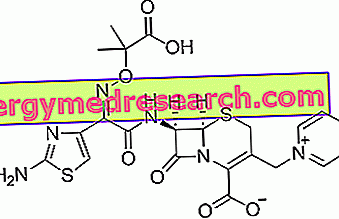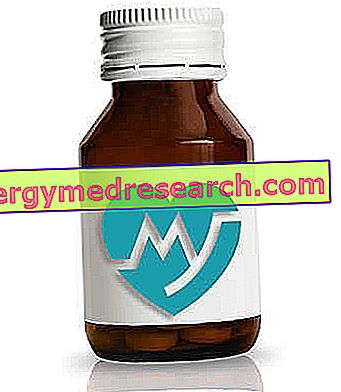CISTIDIL ® is an L-cystine based drug
THERAPEUTIC GROUP: Other dermatological preparations
IndicationsAction mechanismStudies and clinical effectiveness Usage and dosage instructionsWarnings Pregnancy and lactationInteractionsContraindicationsUndesirable effects
Indications CISTIDIL ® L-cystine
CISTIDIL® is used as an adjunct in the treatment of acne, atrophic dermatitis and psoriasis.
Mechanism of action CISTIDIL ® L-cystine
CISTIDIL ® is a drug based on L-cystine, an amino acid that is very important from a biological point of view given the numerous patterns in which it is included.
The appropriate intake of this amino acid, especially in clinical conditions characterized by a significant increase in its requirement would ensure:
- the correct synthesis of taurine and therefore of bile salts, fundamental in the processes of liver detoxification;
- the appropriate synthesis of glutathione, one of the main endogenous cellular antioxidants;
- the correct synthesis of keratin, an important protein for the correct structuring of skin appendages such as nails, hair and hair;
- the correct synthesis of molecular mediators such as immunoglobulins and fundamental hormones in preserving the functioning of the organism.
All the aforementioned biological actions are adjuvanted by excellent pharmacokinetic properties which allow the amino acid taken by mouth to be rapidly absorbed at the intestinal level by active transport and subsequently poured into the portal blood and made available for different biological functions.
Studies carried out and clinical efficacy
THE CYSTINE IN THE PREVENTION OF ALOPECIA FROM DOXORUBICINE
Arch Dermatol Res. 2013 Jan; 305 (1): 25-34. doi: 10.1007 / s00403-012-1253-1. Epub 2012 Jun 15.
Very interesting experimental study that demonstrates the effectiveness of the combination of L-cystine and vitamin B6 in counteracting the alopecia induced by drugs such as doxorubicin, particularly aggressive chemotherapeutic agents.
CITOPROTECTIVE EFFECTS OF THE CYSTINE
Acta Otolaryngol. 1999; 119 (6): 671-3.
Yet another study that demonstrates the protective potential of cysteine against cytotoxicity induced by agents such as glutamate, and often responsible for the loss of biological functionality.
CYSTINE AND CHERTINOCYTES
Cutan Ocul Toxicol. 2006; 25 (1): 13-22.
Experimental study conducted on keratinocyte cultures that demonstrates how cystine can play an important role in stimulating the growth of these cells in a single layer, thus highlighting a possible connection with its biological effects
Method of use and dosage
CISTIDIL ®
500 mg tablets of L-cystine
The appropriate treatment plan should be defined by the physician based on the specific needs of the patient.
In principle, it is recommended to take 2 to 4 tablets orally to take with meals.
CISTIDIL ® L-cystine warnings
CISTIDIL ® contains lactose among its excipients, therefore its intake is contraindicated in patients with lactase enzyme deficiency, glucose-galactose malabsorption syndrome and reduced lactose tolerance.
It is recommended to keep the medicine out of the reach of children.
PREGNANCY AND BREASTFEEDING
The use of CISTIDIL ® during pregnancy should only be carried out in cases of real need and always under the careful supervision of your gynecologist.
Interactions
Drug interactions worthy of clinical note are currently unknown.
Contraindications CISTIDIL ® L-cystine
The use of CISTIDIL ® is contraindicated in patients hypersensitive to the active substance or to one of its excipients, and in patients suffering from cystinuria and kidney stones.
Undesirable effects - Side effects
No clinically relevant side effects are currently known.
Note
CISTIDIL ® is a prescription-only drug.


